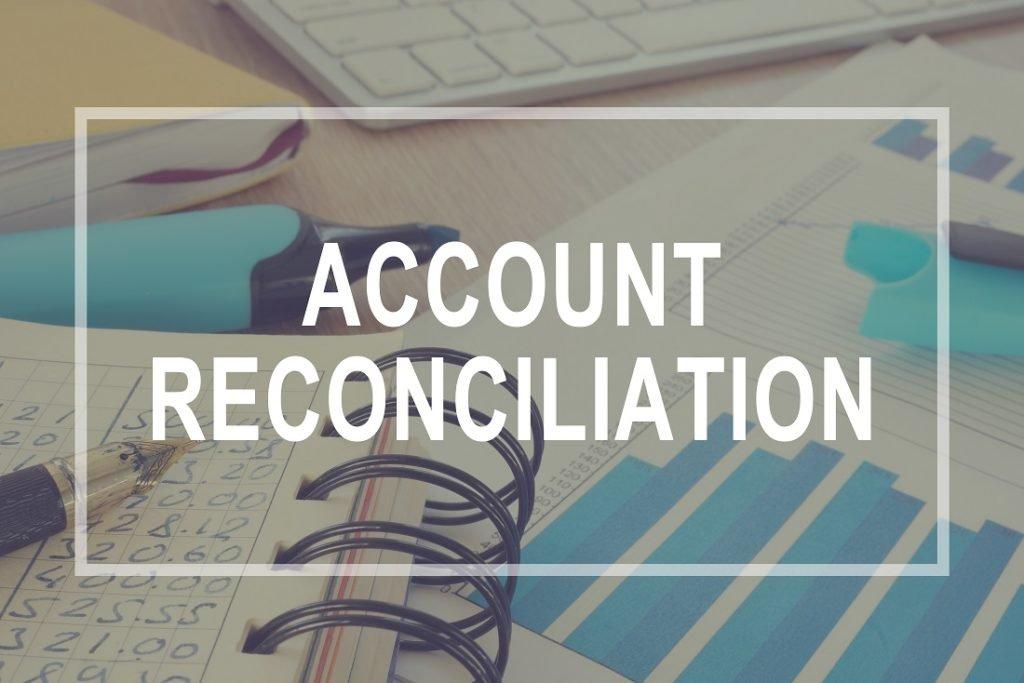Startups, small firm owners, and CEOs of huge businesses are all in charge of keeping an eye on the financial health of their companies. Finally, it is the job of a corporate leader to guarantee that all accounts are balanced and correct.
From bank accounts to accounts payable and accounts receivable, each account must be reconciled using actual figures, precisely reflecting the underlying strategy execution. These figures are used by businesses to create operational budgets, apply for loans, and pay employees.
If you have hired a third-party virtual bookkeeping firm to prepare financial statements and tax records, their performance will rely on you. their reports will be as good as the information provided by the business records.
What is reconciliation at the Organizational level
Bank reconciliation comprises calculating the accurate amount of money in your company's operations checking account at any given point in time. The base for an accurate, up-to-date daily checking account balance is posting all transactions, such as deposits and checks issued.
End-of-month reconciliation is a procedure for validating that contracted payments have been properly posted to the correct ledgers. To achieve solid financials, a company must reconcile each ledger account, and there are several forms of reconciliation, including bank account reconciliation. check the following:
- Reconciliation of Bank Accounts
- Account reconciliation for a Specific Business (balancing specific transactions, such as determining inventory value)
- Reconciliation of Customer Accounts (Payments and charges going to revolve client accounts: accounts receivable)
- Reconciliation of Financial Accounts (validates that money taken out equals money spent)
- Inter-Company reconciliation (keeps track of how much money is traveling between different accounts inside the company)
- Reconciliation of Vendor Accounts (Accounts payable records charges for items and services that have not yet been paid)
- The method is the same regardless of the variety of reconciliation. To achieve a reconciled balance, supported by necessary papers, start with a correct opening balance, add all positive transactions, and remove all existing payments.
Step-by-Step Instructions for Balancing a Business Checking Account
Balancing a company checking account illustrates the key procedures involved in any form of reconciliation procedure. It would be best if you began with a correct opening balance. As a result, you will begin your April bank account reconciliation with an exact closing balance from the March statement.
Assuming your bank statement is correct, the procedure would be as follows:
Begin with your most recent bank statement's ending balance, then add any deposits made during the current period that aren't represented in the bank statement.
Subtract the amount of all checks and drafts issued but not cleared by the bank at the time of statement closing.
After that, add or remove any bank and internal staff mistakes.
Once you're sure the current adjusted bank balance is correct, compare the bank reconciliation to your general ledger records and ensure authenticity.
Verify The Accuracy
Compare the cash account in the general ledger to the balance in your bank account. Address any errors that occur during the reconciliation process. To reconcile the general ledger cash account with the bank statement, you may need to verify the sub-ledger accounts. It's possible that a check was made but not recorded as a bank transaction while in travel.
Furthermore, your employees may have neglected to record a buyer payment on account correctly. Simple errors, such as transposing numbers or duplicating transactions, can occur while manually recording financial transactions. If you notice any errors that need to be corrected, make a separate list of the reconciliation statement document you use to balance your accounts.
Should You Reconcile Your Bank Accounts Every Month
The majority of successful CEOs prefer to adopt a policy that requires them to complete reconciliation activities daily, weekly, or monthly. Depending on the nature of your operations, daily sales volumes, and the number of your workforce, monthly bank reconciliation is the most popular among the business community.
Importance of Bank Reconciliation for Your Business
Bank reconciliation activities are more than merely a means for a business owner to maintain track of his or her bank balances. It also enables organizations to detect processing faults caused by duplication and calculation problems.
While balancing your bank account, you may discover that bank costs have increased and that your firm is incurring extra late fees. You could even find that you can eliminate certain transaction costs by changing the bank account type or bank. Another advantage of frequent reconciliation provides the capacity to detect human errors like skimming and other fraudulent actions, which can occur both outside and inside of your Business.
How to Avoid Errors
First things first hire a professional bookkeeper who avoids simple mistakes while recording your financial transactions. You can go for virtual bookkeeping too as such service providers are professionals giving the best at the lowest price. Avoid manual recording, cloud-based accounting software are very powerful and helpful.
Also read about:
Significance of Free Cash Flow
7 tips for Summer beauty Routine
Tips for Cleaning Your ATV

